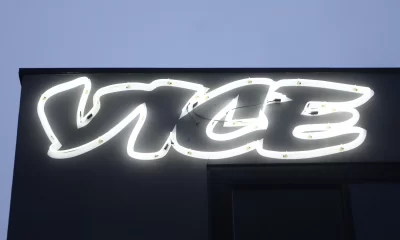Business
Vice Media Files For Chapter 11 Bankruptcy
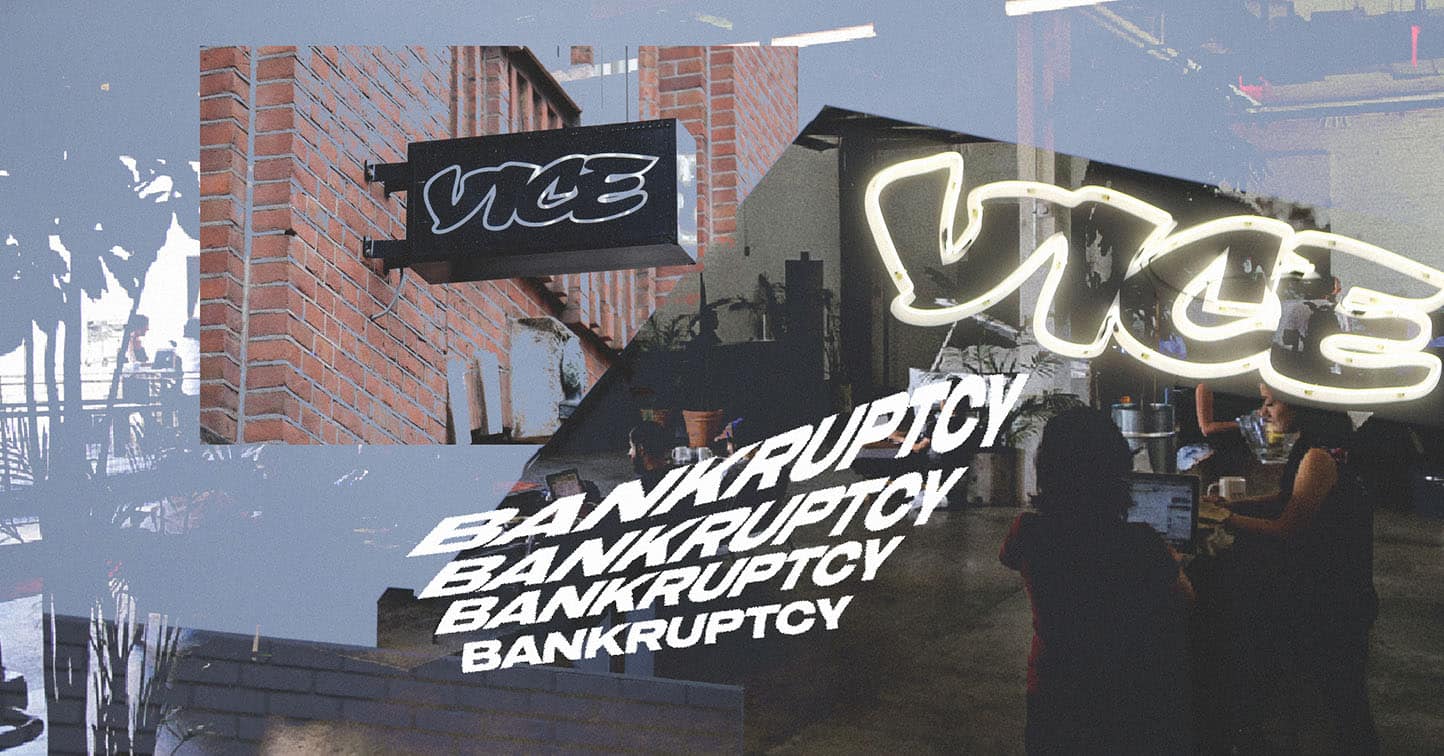
NEW YORK – Vice Media, the most recent digital media company to fall after a spectacular rise, filed for Chapter 11 bankruptcy protection on Monday.
A group of lenders, including Fortress Investment Group, Soros Fund Management, and Monroe Capital, is buying Vice Media for around $225 million and taking on a major portion of the company’s debt. Other parties will also be able to submit bids.
Vice Media anticipates completing the sale within the next two to three months. It stated that its media brands will continue to produce content and that the company will continue to pay its employees and vendors during the process.
Vice Media co-CEOs Bruce Dixon and Hozefa Lokhandwala stated in a prepared statement that the “accelerated court-supervised sale process” will strengthen the company and position it for long-term growth, “thereby safeguarding the kind of authentic journalism and content creation that makes VICE such a trusted brand for young people and such a valued partner to brands, agencies, and platforms.”
According to the disclosure on Monday, vice assets and liabilities are worth between $500 million and $1 billion.
According to the Wall Street Journal, the bankruptcy filing comes only weeks after the firm announced that it would eliminate its flagship “Vice News Tonight” program as part of a wave of layoffs affecting more than 100 of its 1,500-person workforce. The corporation also announced the demise of its Vice World News brand.
A broader wave of media layoffs and closures has occurred, including employment cuts at Gannett, NPR, the Washington Post, and other organizations. BuzzFeed Inc. stated in April that its Pulitzer Prize-winning digital media company BuzzFeed News would be shuttered as part of its corporate parent’s cost-cutting push.
Vice Media, the most recent digital media company to fall after a spectacular rise, filed for Chapter 11 bankruptcy protection on Monday.
This year, digital advertising has plunged, reducing the income of big technology corporations ranging from Google to Facebook.
“Advertising is down across the board, so it’s a litmus test for a lot of digital publications,” Megan Duncan, an assistant professor at Virginia Tech’s School of Communication, told The Associated Press.
Duncan and others also mentioned the shifting nature of social media, a sector where sites like Vice formerly flourished in terms of audience reach.
“One of the things I think really hurt Vice Media, and thus BuzzFeed, is social media networks like Facebook changing their algorithms,” said Jason Mollica, professor at American University’s School of Communication. “You’re losing money when you’re not bringing in the numbers you’d expect from advertising.”
Aside from advertising and the changing digital landscape, Mollica and Duncan highlighted today’s news consumers’ changing habits and the obstacles media firms face in reaching viewers.
Vice Media, the most recent digital media company to fall after a spectacular rise, filed for Chapter 11 bankruptcy protection on Monday.
“With such a focus on youth, it can be really difficult to keep being youth-oriented — and change your brand and appeal for the next generation,” Duncan explained.
Duncan also stated that Vice has relied on several rounds of investment and investors throughout the company’s existence and “never really found the business model in its most recent, modern digital age that was going to sustain it.” Aside from that, the corporation has a “complicated history” with issues in leadership and personnel, she added.
Vice Media’s origins may be traced back to 1994 when Vice’s inaugural punk magazine was launched in Montreal. Vice quickly relocated to New York and grew into a global media organization.
Vice Media has built a reputation for outspoken journalism that has covered bold subjects worldwide, particularly among new, youthful audiences on digital media. Other assets of the media organization include film and television production, an in-house marketing agency, and brands such as Refinery 29 and Unbothered.
In recent years, the media organization has struggled to earn a profit. According to the disclosures on Monday, Vice has a total outstanding debt of $834 million.
Vice Media was valued at $5.7 billion in 2017. However, according to The New York Times, most experts now believe the company is worth only a fraction of that.
The bankruptcy filing on Monday comes just months after Nancy Dubuc announced her resignation as CEO. Dixon and Lokhandwala, both experienced Vice executives, have been named co-CEOs.
Dubuc took over for Vice co-founder Shane Smith in 2018 after a 2017 Times investigation revealed systemic sexual harassment and misbehavior at the organization.
SOURCE – (AP)
Business
TikTok May Be Banned In The US. Here’s What Happened When India Did It
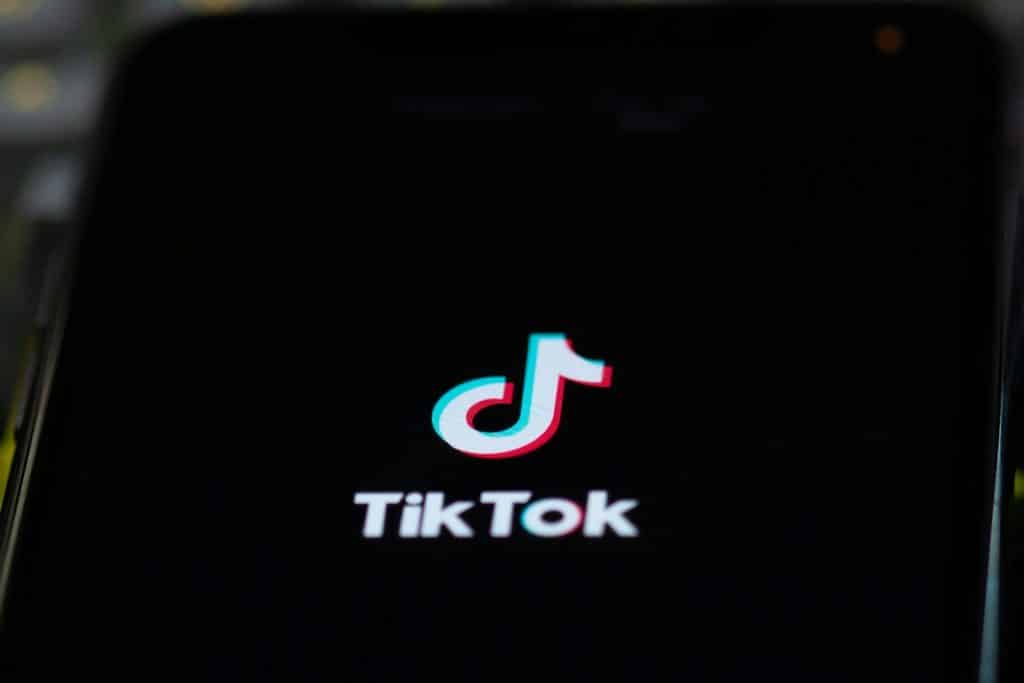
New Delhi, located in India, has recently been in the news. The immensely popular Chinese application TikTok may face expulsion from the United States, as legislation prohibiting the video-sharing software has obtained congressional endorsement and is currently its route to President Biden for his formal consent.
The app was prohibited in India approximately four years ago. This is a summary of the events:
Indian TikTok users stopped using the app in June 2020, according to the Chinese internet company ByteDance. New Delhi swiftly prohibited the widely used application and numerous other Chinese applications in response to a military confrontation on the India-China border.
AP – VOR News Image
TikTok May Be Banned In The US. Here’s What Happened When India Did It
A total of twenty Indian soldiers and four Chinese soldiers lost their lives, resulting in a significant deterioration of relations between the two major Asian powers.
The government justified its actions by citing privacy concerns and asserting that Chinese apps pose a significant risk to India’s sovereignty and security.
The decision received significant backing in India, particularly from those who had been advocating for a boycott of Chinese products following the fatal clash in the remote Karakoram mountain border area.
“Prior to this, there was a significant uproar, with the prevailing discourse questioning the permissibility of Chinese companies engaging in business activities in India while a military confrontation is ongoing,” stated Nikhil Pahwa, a digital policy specialist and the creator of the technology website MediaNama.
Pahwa noted that India had imposed restrictions on investment from Chinese enterprises just a few months before the ban. “TikTok was not an isolated incident.” Today, India has banned more than 500 apps of Chinese origin.
India has over 200 million TikTok users, the highest number outside of China. The corporation has hired a large number of Indian employees.
However, TikTok users and content providers required an alternative platform, and the ban presented a lucrative opportunity to capture a substantial market share worth billions of dollars. In a matter of months, Google introduced YouTube Shorts, and Instagram launched its Reels feature. Both emulated the concise video production at which TikTok had excelled.
“They ultimately gained a significant portion of the market that TikTok had left,” stated Pahwa.
TikTok content in India has a distinct hyperlocal nature, setting it apart. The videos showcased the lifestyles of small-town India, with content from tier 2 and 3 cities. These videos depicted individuals performing impressive feats while engaged in tasks such as bricklaying.
However, in most cases, content creators and users have transitioned to alternative platforms in the four years following the prohibition.
Winnie Sangma longs to upload videos on TikTok and get a modest income. However, following the prohibition, he transitioned to Instagram and currently boasts a following of 15,000 individuals. The procedure has largely been effortless.
/cdn.vox-cdn.com/uploads/chorus_image/image/72106757/GettyImages_1249078533.0.jpg)
Vox – VOR News Image
TikTok May Be Banned In The US. Here’s What Happened When India Did It
“I have amassed a following on Instagram as well, and I am generating income from it. However, the experience is not comparable to what it used to be on TikTok,” he stated.
Rajib Dutta, a regular user of TikTok, subsequently transitioned to Instagram following the suspension. “It was inconsequential,” he stated.
The measure prohibiting the app has obtained congressional approval and is pending President Biden’s signature.
The measure grants ByteDance, the app’s parent firm, a nine-month period to divest it, with an additional three months if a deal is in progress. If this does not occur, TikTok will face a ban. Implementing a ban requires a minimum of one year, but the process could be prolonged due to anticipated legal disputes.
The ban in India in 2020 was implemented promptly. TikTok and other corporations were granted a period to respond to privacy and security inquiries. Subsequently, in January 2021, a permanent prohibition was implemented.
Pahwa stated that the situation in the United States is distinct. In India, TikTok opted against pursuing legal action, but the United States represents a more substantial source of revenue for the company. Furthermore, he mentioned that the First Amendment in the United States is robust, implying that it will not be as effortless for the United States to take such action as it was for India. This statement pertains to the constitutional protection of free expression in the United States.
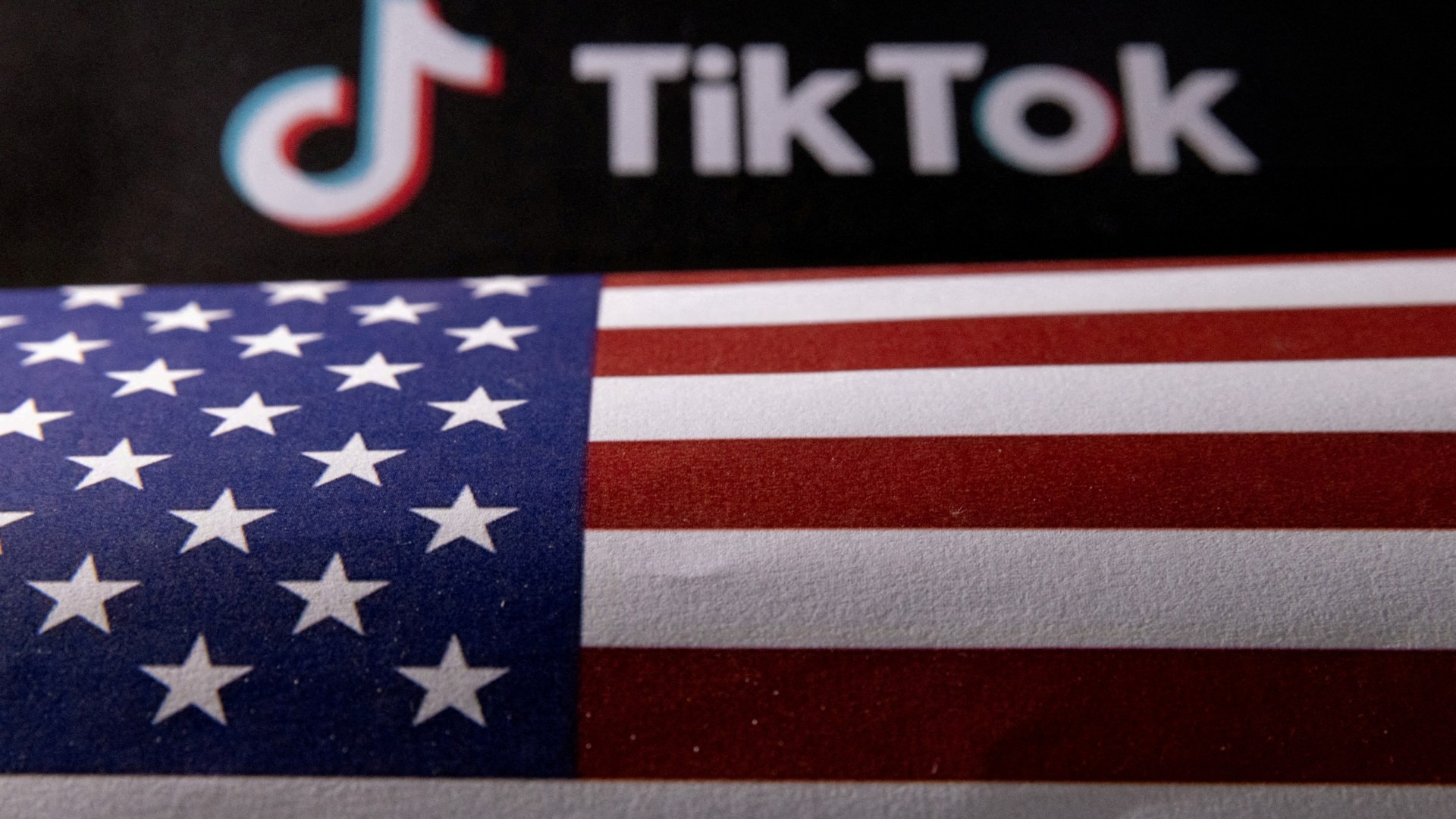
Aljazeera – VOR News Image
TikTok May Be Banned In The US. Here’s What Happened When India Did It
With the increasing prevalence of Chinese applications worldwide, Pahwa emphasizes the importance of countries evaluating their reliance on China and establishing measures to diminish it since these apps can potentially threaten national security.The application is prohibited in Pakistan, Nepal, and Afghanistan, and its usage is limited in other European nations.
The Chinese intelligence and cybersecurity laws empower Chinese apps to prioritize their security concerns. Pahwa stated that this leads to mistrust and poses a risk to national security for others.
“There ought to exist distinct regulations for democratic nations and authoritarian regimes, wherein companies can function as an appendage of the state,” he said.
SOURCE – (AP)
Business
Starbucks Takes On The Federal Labor Agency Before The US Supreme Court
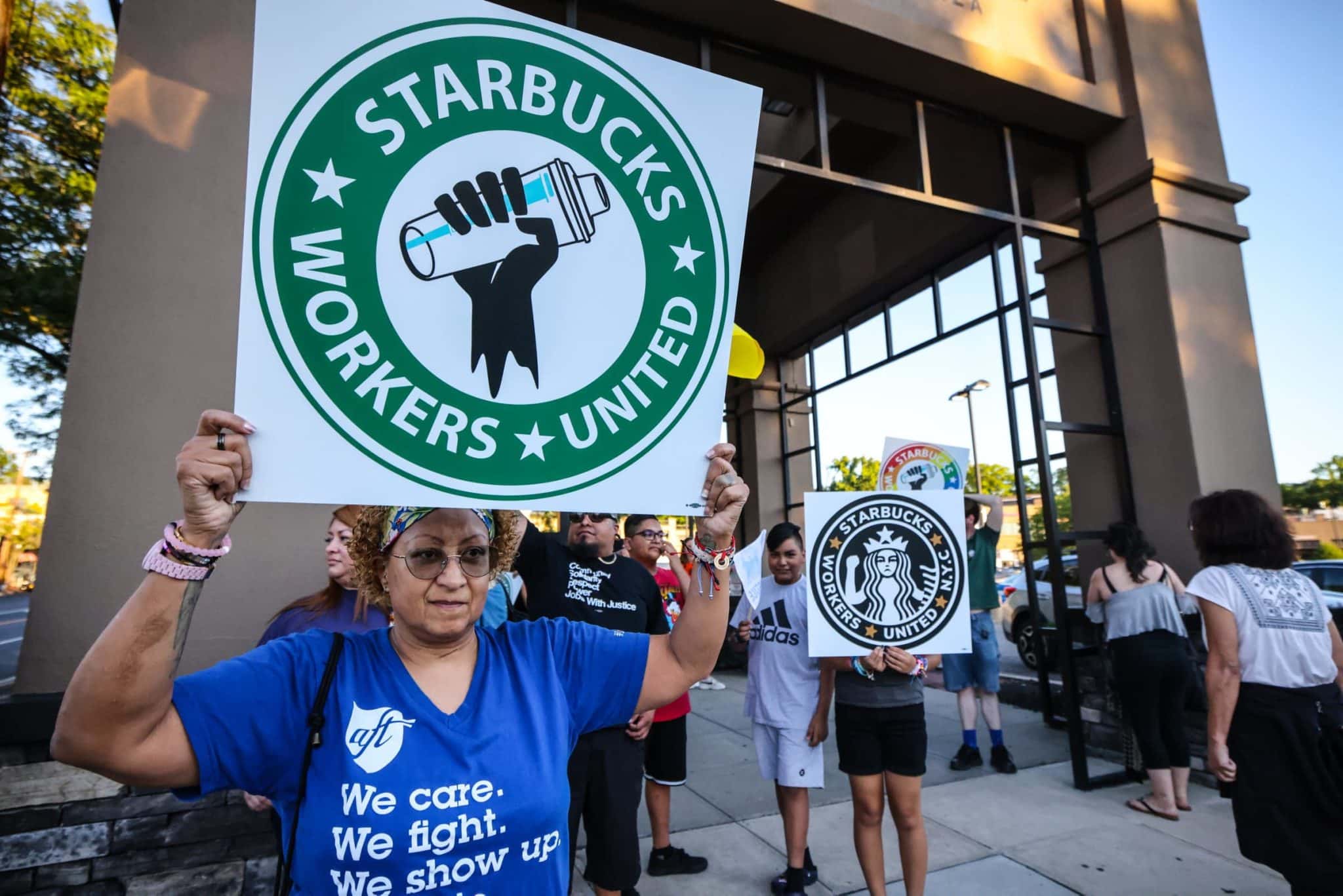
After Starbucks dismissed seven employees who attempted to unionize its Tennessee location, a US government agency secured a court order requiring the firm to rehire them. Starbucks now wants the Supreme Court to limit the government’s power in such situations.
The justices will hear Starbucks’ appeal against the National Labor Relations Board, a federal organization that safeguards employees’ ability to organize, on Tuesday. If the court rules with Starbucks, it may make it more difficult for the NLRB to intervene when it claims corporate meddling in unionization efforts.
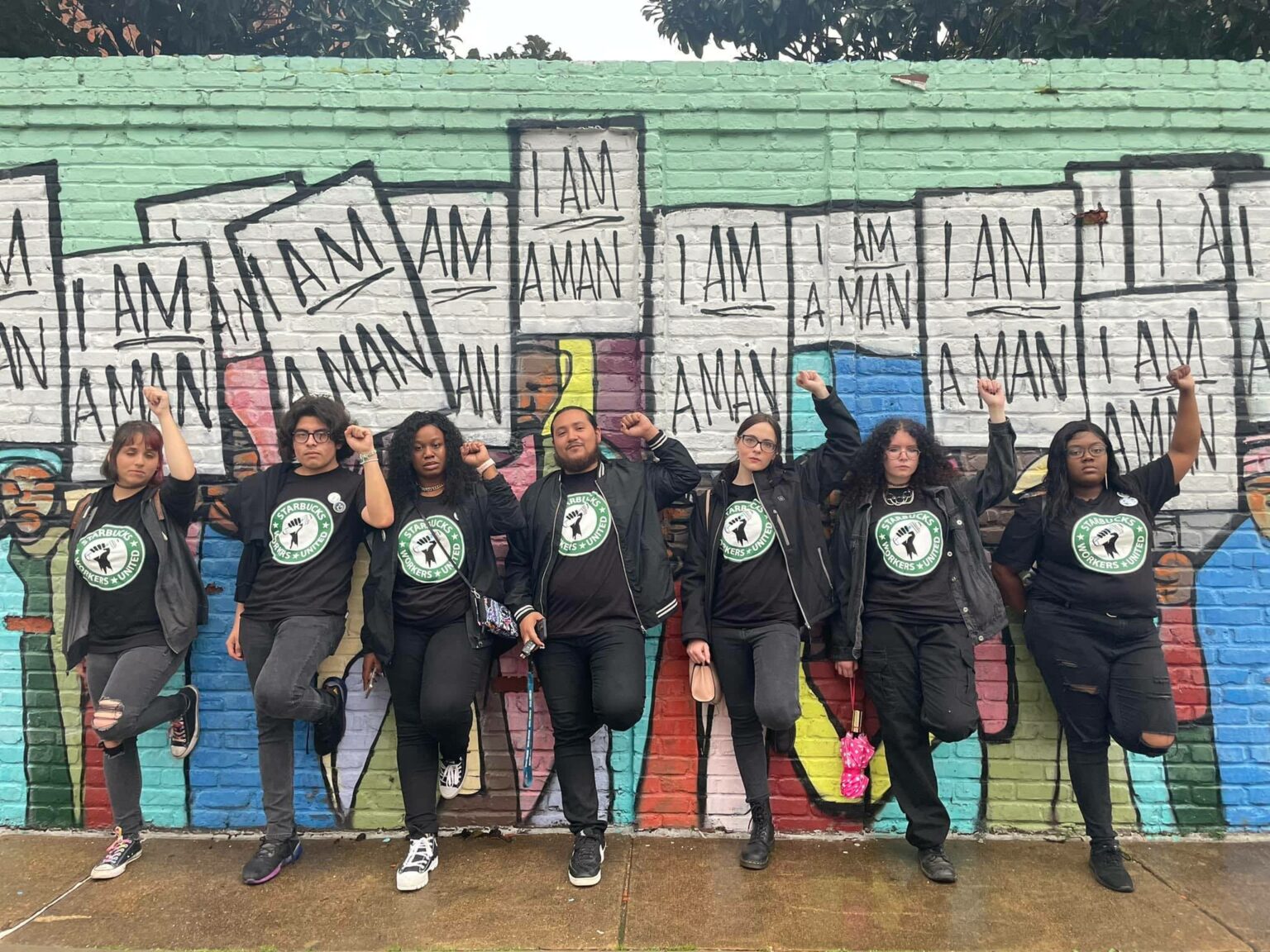
socialist revolution – VOR News Image
Starbucks Takes On The Federal Labor Agency Before The US Supreme Court
The hearing comes as tensions between Starbucks and Workers United, the union that organizes its employees, have begun to subside. In February, the two sides announced that they would resume negotiations with the goal of completing contract agreements this year. Starbucks and union representatives were set to meet Wednesday for their first bargaining session in over a year.
Since late 2021, workers at 420 company-owned Starbucks stores in the United States have voted to unionize, but none of those stores has reached a labor deal with Starbucks.
The issue before the Supreme Court began in February 2022, when Starbucks dismissed seven employees who were spearheading a unionization campaign in Memphis, Tennessee. Starbucks claimed the staff broke company rules by reopening the store after it had closed and invited non-employees, including a television news crew, to enter.
The National Labor Relations Board concluded that the firings were an improper interference with workers’ ability to organize. The agency discovered that Starbucks often permitted off-duty employees and non-employees to stay in the business after hours to create drinks or collect things.
The NLRB requested that a federal district court intervene and order Starbucks to rehire the employees while the case proceeded through the agency’s administrative proceedings. A district court judge agreed with the NLRB and ordered a temporary injunction, forcing Starbucks to rehire the employees in August 2022. After the 6th Circuit Court of Appeals upheld the ruling, Starbucks filed an appeal with the Supreme Court.
According to Workers United, five of the seven workers are still employed at the Memphis shop, with the remaining two active in the organizing drive. The Memphis store voted to unionize in June 2022.
Ap – VOR News Image
Starbucks Takes On The Federal Labor Agency Before The US Supreme Court
Starbucks argued that the Supreme Court should intervene because federal appeals courts disagree on the conditions that the NLRB must achieve when seeking a temporary injunction against a firm. Starbucks claims that temporary injunctions can be a significant burden for businesses, as the NLRB’s administrative process might take years.
Since 1947, the National Labor Relations Act, which controls the agency, has permitted judges to approve temporary injunctions requested by the NLRB if they are deemed “just and proper.” In its examination of what happened at the Starbucks outlet in Memphis, the Sixth Circuit needed the NLRB to prove two things: that it had reasonable cause to suspect unfair labor practices occurred and that a restraining order would be a “just and proper” solution.
Other federal appellate courts, however, have required the NLRB to meet a four-factor criteria for obtaining restraining orders, including demonstrating that it was likely to prevail in the administrative matter and that employees would suffer irreparable injury if an injunction was not issued.
Starbucks has petitioned the Supreme Court to make the four-factor test the standard that all courts must follow when considering NLRB injunction cases.
“This court’s intervention is urgently needed,” Starbucks stated in an October court petition. “National employers like Starbucks must defend themselves against years-long injunctions under materially different tests depending on where alleged unfair labor practices occur or where employers reside.”
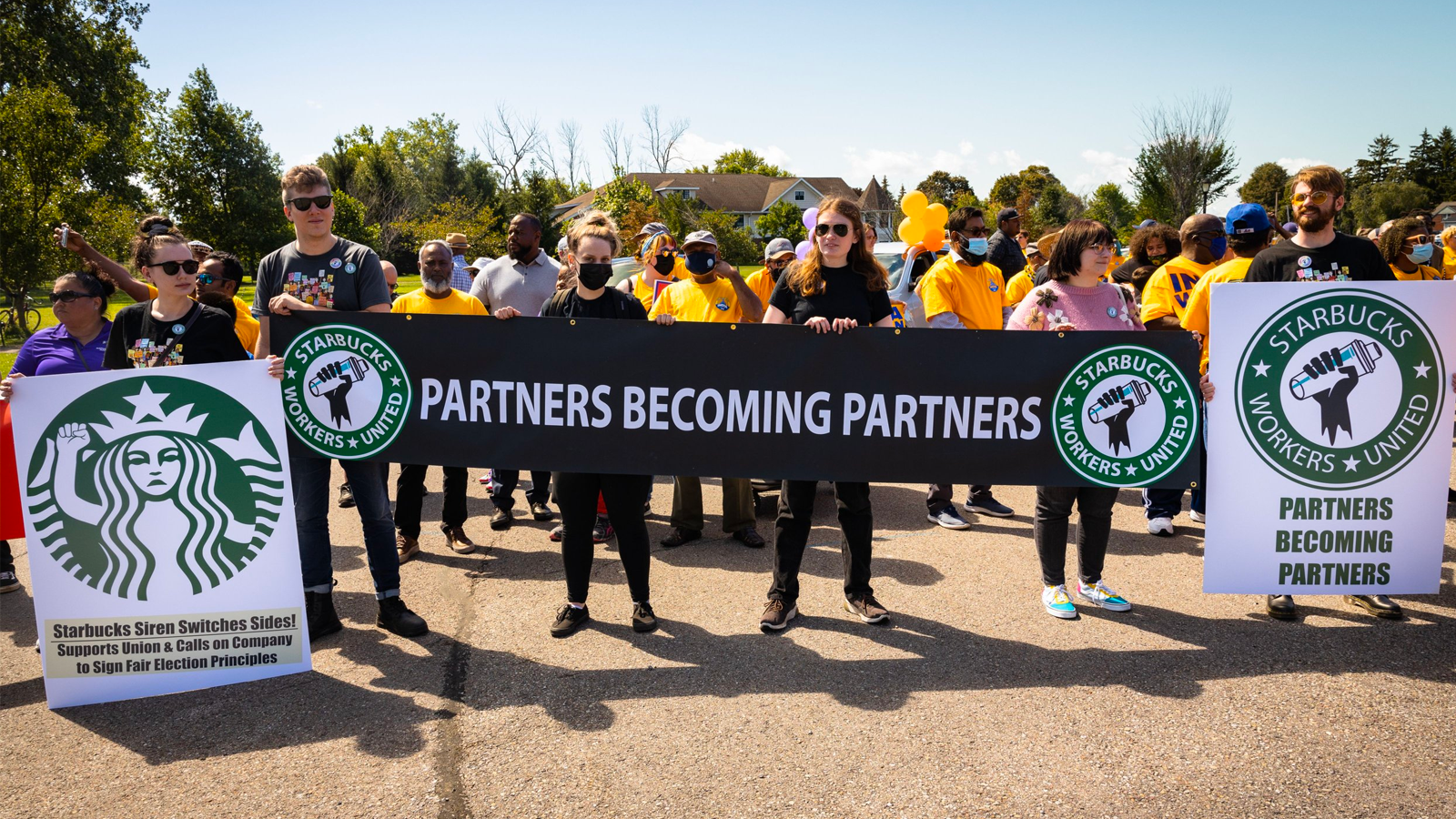
Midwest Socialist – VOR News Image
Starbucks Takes On The Federal Labor Agency Before The US Supreme Court
According to the NLRB, it already assesses the possibility of success before bringing a case to court, so whether courts employ two or four considerations is mainly irrelevant. The agency states that it rarely seeks temporary injunctions from the courts; in the fiscal year 2023, it received 19,869 allegations of unfair labor practices and allowed the filing of 14 lawsuits seeking temporary injunctions.
“The two-part inquiry undertaken by the Sixth Circuit and other courts … subjects board petitions to meaningful scrutiny, and does not call for courts merely to ‘rubber-stamp’ agency requests,” the National Labor Relations Board (NLRB) stated in a filing
SOURCE – (AP)
Business
Google Fires More Workers Who Protested Its Deal With Israel
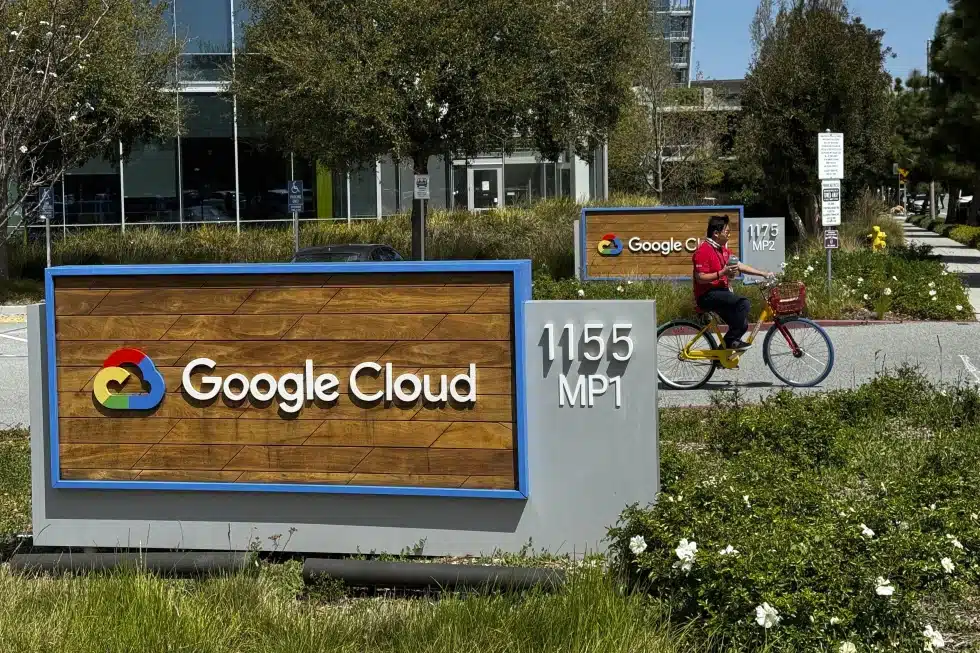
According to a workers’ representative group, Google fired at least 20 more employees in response to protests over the technology it provided to the Israeli government during the Gaza conflict, bringing the total number of fired employees to more than 50.
It’s the most recent indication of internal conflict at the tech giant, which centers on “Project Nimbus,” a $1.2 billion agreement that Google and Amazon signed in 2021 to provide cloud computing and artificial intelligence services to the Israeli government.

arch daily – VOR News Image
Google Fires More Workers Who Protested Its Deal With Israel
Last week, workers staged sit-in protests at Google offices in New York and Sunnyvale, California. The corporation responded by contacting the police, who made arrests.
No Tech For Apartheid, the group coordinating the protests, said the company dismissed 30 staff last week, up from the initial 28 disclosed.
Then, on Tuesday night, Google dismissed “over 20” more employees, “including non-participating bystanders during last week’s protests,” according to Jane Chung, a spokesperson for No Tech For Apartheid, who did not provide a particular figure.
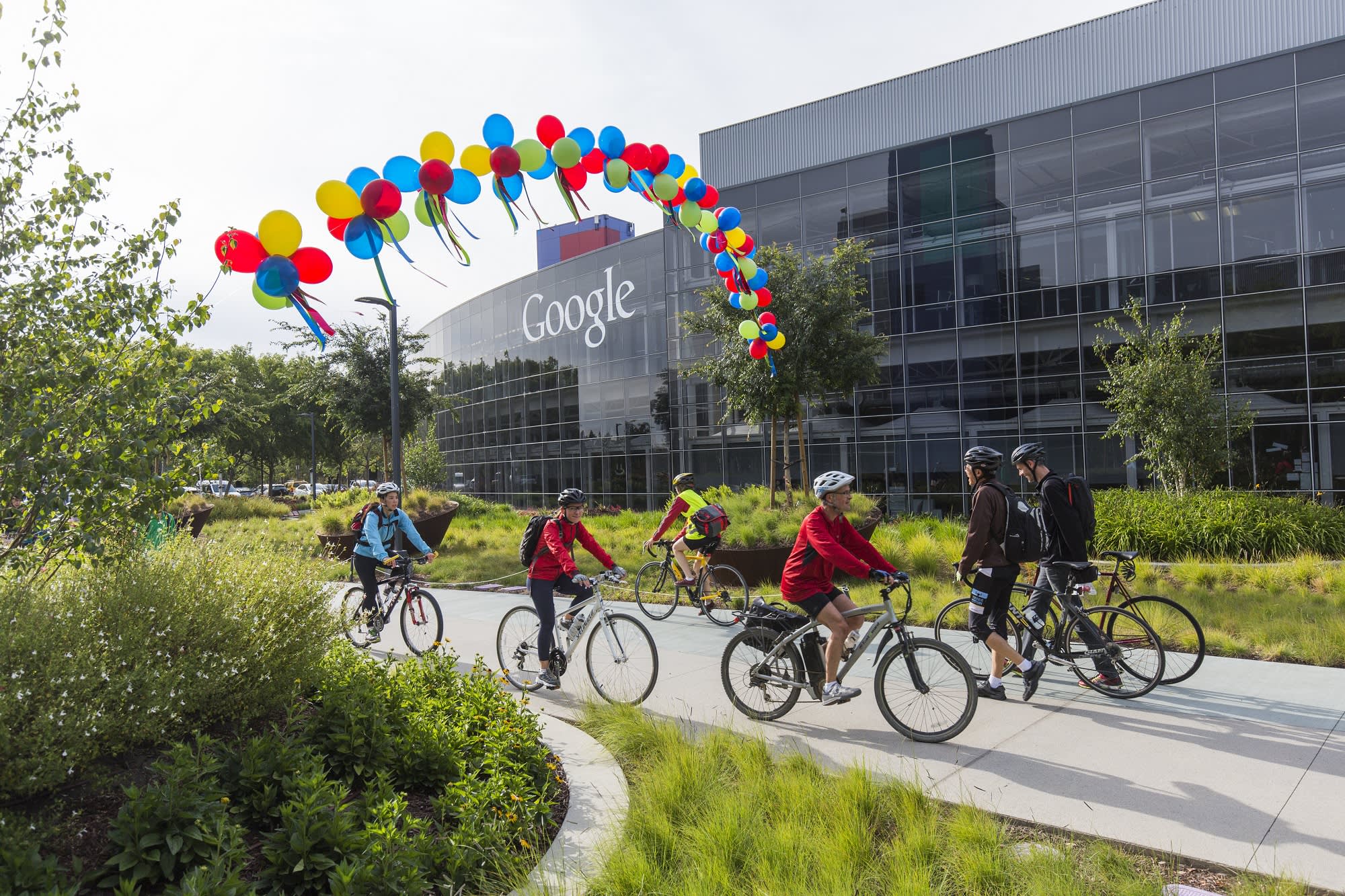
cnbc – VOR News Image
Google Fires More Workers Who Protested Its Deal With Israel
“Google’s aims are clear: the corporation is attempting to quash dissent, silence its workers, and reassert its power over them,” Chung said in a statement. “In its attempts to do so, Google has decided to unceremoniously, and without due process, upend the livelihoods of over 50 of its own workers.”
They stated that it fired the extra workers after gathering information from coworkers who were “physically disrupted” and identifying employees who donned masks and did not carry their staff badges to conceal their identity. It did not specify how many were fired.
The corporation denied the group’s allegations, claiming that “every single one of those whose employment was terminated was personally and definitively involved in disruptive activity inside our buildings.”
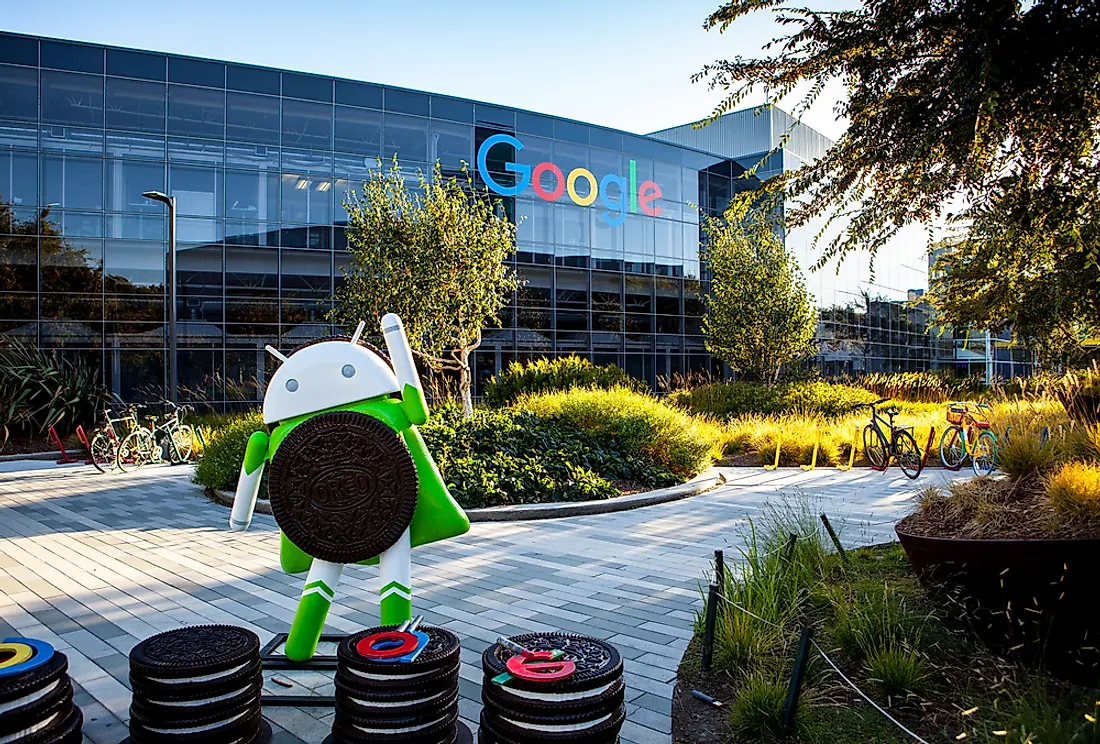
world atlas -VOR News Image
Google Fires More Workers Who Protested Its Deal With Israel
The Mountain View, California-based corporation had previously hinted that more individuals could be dismissed, with CEO Sundar Pichai stating in a blog post that employees would be on a tight leash as the company ramped up its efforts to improve its AI technology.
SOURCE – (AP)
-

 News5 months ago
News5 months agoDeath Toll From Flooding In Somalia Climbs To Nearly 100
-
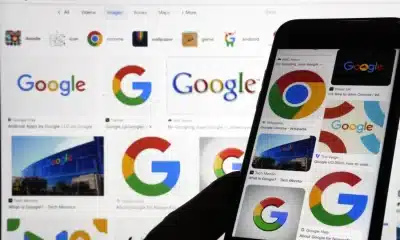
 Business5 months ago
Business5 months agoGoogle Will Start Deleting ‘Inactive’ Accounts In December. Here’s What You Need To Know
-

 Entertainment5 months ago
Entertainment5 months agoMerriam-Webster’s 2023 Word Of The Year Is ‘Authentic’
-

 Sports5 months ago
Sports5 months agoPanthers Fire Frank Reich In His First Season With Team Off To NFL-Worst 1-10 Record
-

 Celebrity5 months ago
Celebrity5 months agoElon Musk Visits Destroyed Kibbutz and Meets Netanyahu in Wake of Antisemitic Post
-

 Celebrity5 months ago
Celebrity5 months agoShane MacGowan, Lead Singer Of The Pogues And A Laureate Of Booze And Beauty, Dies At Age 65




